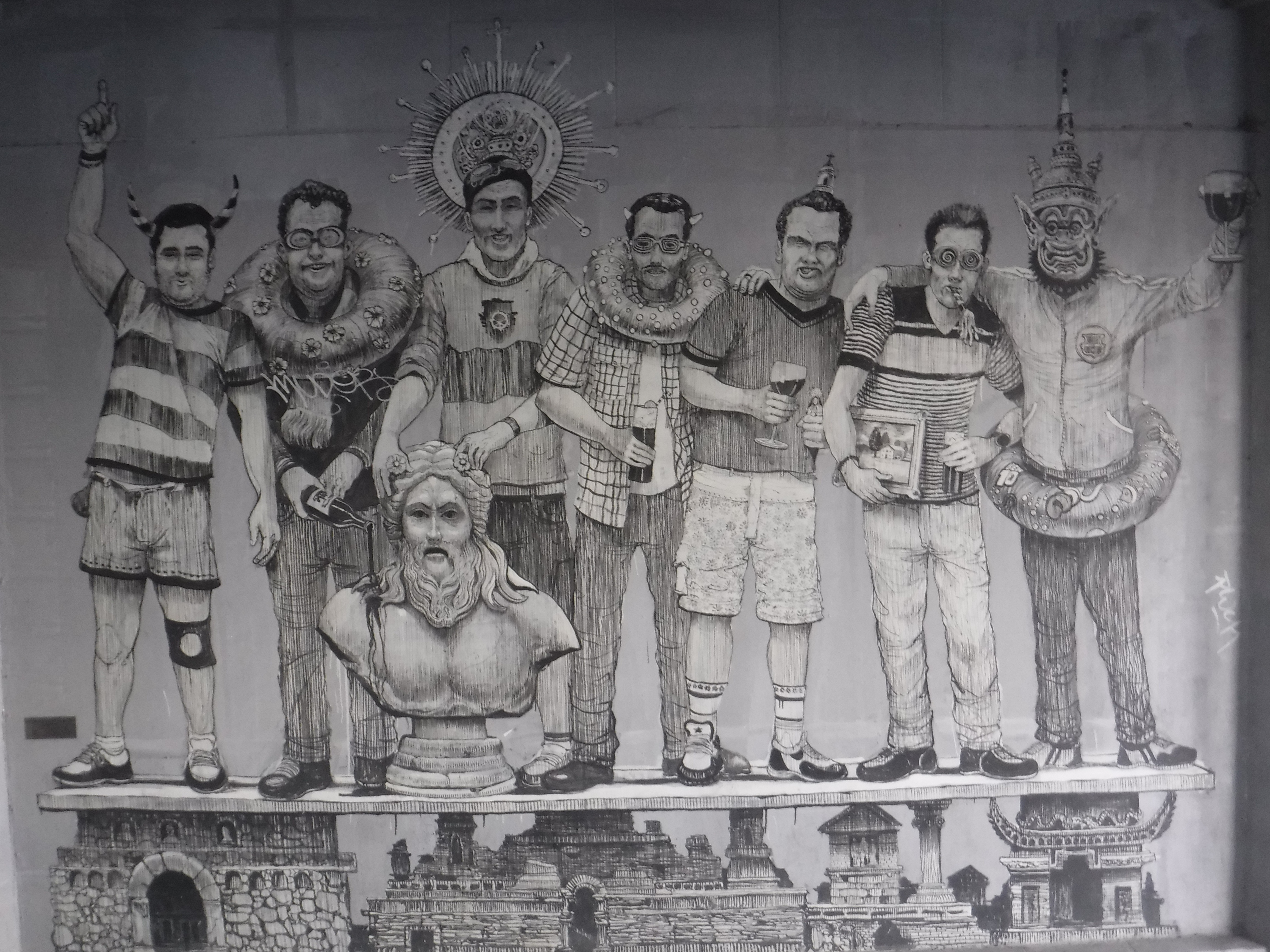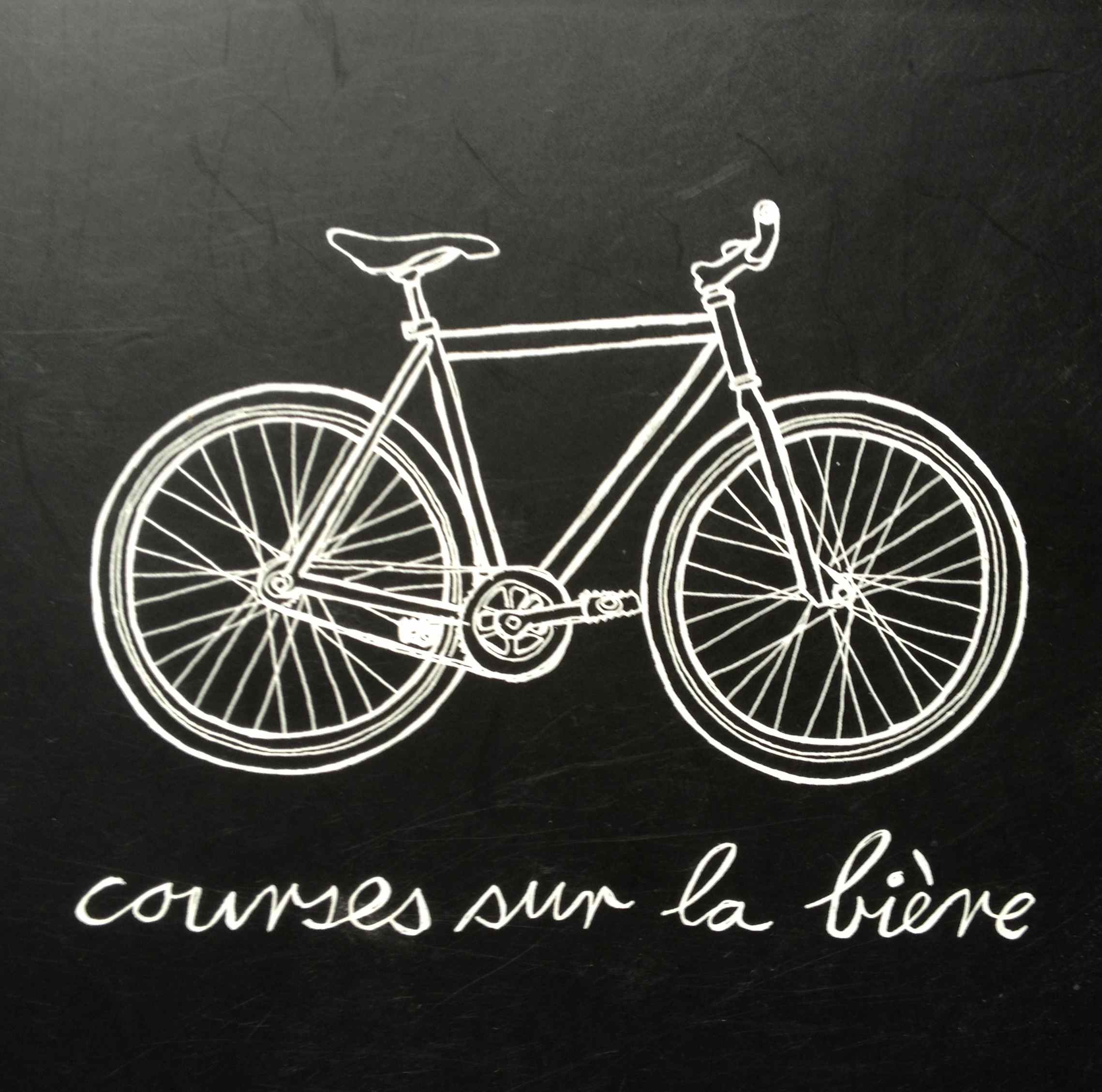
More and more people live in cities. In 2014 the human race reached an urbanisation level of more than 50 percent. If this trend continues by 2050, 66 percent of us will live in cities. At the same time global disease patterns are changing. Depression is on the rise and accidents caused by traffic will increase dramatically.
What could we do to prevent these diseases and incidents from rising. Public transport and bicycling as a preferred form of transport can help. But the majority of urban systems are not designed for it or just starting to invest in it. Optimistically they are still 20 to 30 years behind cities such as Amsterdam, Copenhagen or Münster.
Could there be something out there that could help to reduce or even prevent lifestyle related diseases such as obesity, physical inactivity and depression? Something that fundamentally touches our spirits, uplifts us and contributes to a reduction of traffic accidents? Something that every government and decision maker should be excited about, because its easy, cheap, simple and can become extremely popular if we all commit to it?
If city governments would invest in policies for it, it could transform urban systems and make people’s everyday life more liveable. It would enable a meaningful pathway to improve social, environmental and economic performance.
It will help you to become more creative, relaxed, socially connected and productive. Also it can increase capacity for innovation- simply put- it may achieve better health and well-being outcomes on all scales.
The answer to all that is play. It is an intrinsic induced activity, that constitutes freedom, based on the acceptance of risk in its temporary transformational nature. Play is not structured sport and includes attributes such as spontaneity, curiosity and creative processes that voluntarily occur outside of the ordinary. This purposeless activity is necessary to the human identity as an exploratory pursuit of pleasure and comfort outside of social purpose.
You can have it and older people have certainly experienced it. Children are champions in it, if we let them.
Most people associate play with fun and in theory it can occur anywhere. But why doesn’t it and why are we not playing more often across all ages in every city.
Once we are developed we just stop! Why? For example, in every professional context and learning exercise we now speak of lifelong learning or lifelong development. If we want to seek and embrace development we shall not stop playing.
Evidence suggests that play is not just important for children, but fundamental for their overall developmental capacity. The co- benefits for adults are overwhelming. Contact with nature and other beings has surprising effects on your mental health. Sufficient amount of physical activity in other words walking in a moderate speed can contribute to physical health and well-being.
Each of us has this gift, but when we grow up we are less often engaging in it?
Here is a little story a child has written, that may give you a idea:
“Dear King, I’ve got a question. Must life be so fast? For us it is like that: In the morning I have to get up quickly and then I get quickly dressed. After a fast breakfast, I quickly brush my teeth. Then very quickly we got to go to the kindergarten. In the kindergarten we have to hurry up when dressing and undressing, tidying up also has to be fast and when we are outside we must come inside quickly, so that everyone can eat on time. Then I have to go home in the afternoon quickly. Tuesdays mom drops me quickly of at music lessons and twice a week we go quickly shopping. On Wednesday we have to go quickly over to Grandma Hilde and check whether everything is okay with her. On Fridays we always put quickly the garbage out, and on that day we must also quickly pour water over all the flowers on the balcony. Every evening around 8 pm Mama wants to watch the news very quickly, otherwise she does not know what’s going on in the world. Then I’ll go very quickly to bed and try to fall fast asleep. I ask you: Does life have to be so fast? Because – then it means that it is very quickly over!”
Could it be that in our collective obsession to satisfy our material desires we are so out of balance in the western world?
An ancient African proverb says “It takes an entire village to raise a child”. This takes time and if you care about your children and the next generation – don’t just think about play but engage in it as part of your everyday life.
It is a fun and engaging way to restore the balance and unlocking the benefits of health and well-being – all you need to do is stop seeing it as a waste of time and space. Reconnect with your senses and with your community around you. Otherwise why is it so important for our children?
In conclusion I’d like to invite you to bring play back into your life. All it takes is a bit of time, trust and space.
Author: Gregor H. Mews
